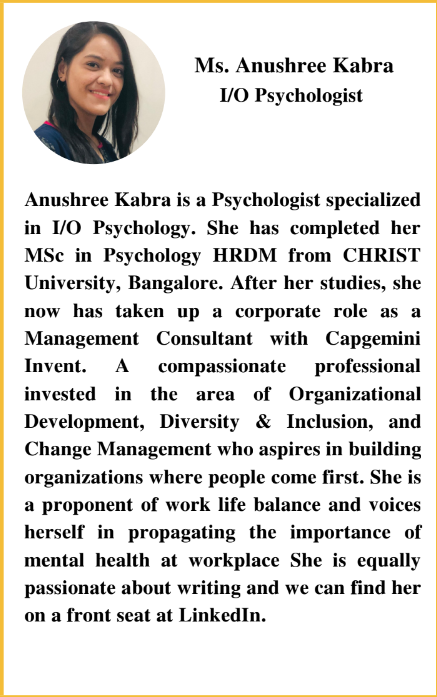
The US’s Society for Human Resource Management (SHRM), in its February 2022 data, has suggested an increase in workplace romance due to the hunkering of employees down a home. Surprisingly, what is considered a taboo has been openly accepted in the workplace. You would be surprised to know that 75% of those who participated in the SHRM study said they were okay with their colleagues dating one another (Milligan, 2022). It might be good to accept workplace romance if we see it in the eyes of the above research, but how do we exactly understand the term?
Workplace romance can be explained in terms of two members rather than employees at the same workplace getting involved in dating or marital relationships. We can see that the degree of physical proximity, repeated social interactions, the similarity of work and non-work-related attitudes, and physiological arousal in one another’s presence could be probable causes of the formation of romantic relationships at the workplace. An organization’s culture plays an essential role in deciding if workplace romances are acceptable or unacceptable. Hence, organizational culture and workgroups automatically become essential deciding factors. One can be surprised that the workplace setting leads to the emergence of the two most essential factors in attraction; familiarity and intimacy. One begins to develop a preference given familiarity. This happens due to the mere exposure effect leading to attraction in the work setting as the person is in a constant environment where they are likely to see someone repeatedly. Hence, this lays the ground for intimacy to occur. Another major factor for workplace romance is proximity. It is not surprising that the workplace setting is coupled with emotional and intellectual proximity. There is much more to physical proximity as you continuously interact on teams or slack for work-related queries. This continuous interaction would likely build preference regardless of physical proximity. This was seen as one of the reasons for office romance to survive even in the remote work era. People’s affinity for individuals may extend beyond a physical work setting, given the preference for a particular career or company. For example, you are likely to think similarly if you are in both layers.
Would you believe that stressful situations can help build social bonds? This is applicable in the workplace setting as well. Imagine you and your colleague had pulled an all-nighter or an essential piece of work or talked openly about your toxic boss. The sense of ‘we’ prevails in such a situation. Nevertheless, to understand it closely, we need to understand that romance at the workplace can also lead to a rise in cases of sexual harassment and further to a hostile work environment. This will make the office environment uncomfortable and affect the performance of all. Professionalism has suffered lately in this kind of dual relationship between colleagues and lovers. In such cases, pretending to hide it will be an utter failure, and it is always better to have a disclosure in form and adhere to love contracts.
Impact of Workplace Romances
Workplace romance has both positive and negative effects on work-related attitudes and behaviors. One can visibly see changes in work motivation, job satisfaction, job involvement, and organizational commitment, which in turn levels up or down job performance at the broader level. Workplace romance can bring contentment, improve productivity and make individuals more enthusiastic. The longevity at the workplace rises as you have the motivation to start a new day with each passing moment. The individuals involved in such a relationship create a new understanding of one another, owing to the workload and same organizational climate, lowering the case of a fight on the personal front. However, the couple involved may be unable to balance their personal and professional lives. It can also work infamously by lowering the workgroup’s morale in case of some job-related tasks. The mixed results can lead to changes in the levels of commitment to the organization. Finally, cases of dissolved workplace romance can and have led to sexual harassment amongst the involved individuals.
Management of Workplace Romances
Now that we understand what workplace romance means, we might think about dealing with it. Organizations must give thought to bring up management policies to consider the impact of workplace romance. There are cases of work disruption, and when managerial intervention becomes necessary, a positive action such as counseling plays the upper hand. There are also cases where punitive actions like that transfer, termination, or suspension would do.
Most organizations have no workplace romance policy, even if they have one, they do not encourage
any lateral or hierarchical romance. Some organizations have put consensual relationship agreements
or contracts that clearly state the terms and conditions of romance and help prevent sexual harassment
lawsuits. However, office romances are not always bad. Sometimes they lead to couples meeting their spouses, positively affecting their lives. Think of Barack and Michelle Obama, who got to know one
another and started dating when they were both employed by the same legal company.
References:
Milligan, S. (2022, June 27). Workplace Romance Is On the Rise. SHRM.
https://www.shrm.org/hr-today/news/hr-magazine/summer2022/pages/workplace-romance -is-on-
the-rise.aspx
(New SHRM survey: The rise of workplace romance, 2022) Lufkin, B. (2022, February). The
inevitability of the office romance. BBC Worklife. https://www.bbc.com/worklife/article/20220228-the-inevitability-of-the-office-romance
Wallgren Tengberg, L. G., & Tidefors, I. (2016). Workplace romances: “Going to work is amazing
and really fun”. International Journal of Psychological Studies, 8(3), 84.
https://doi.org/10.5539/ijps.v8n3p84

